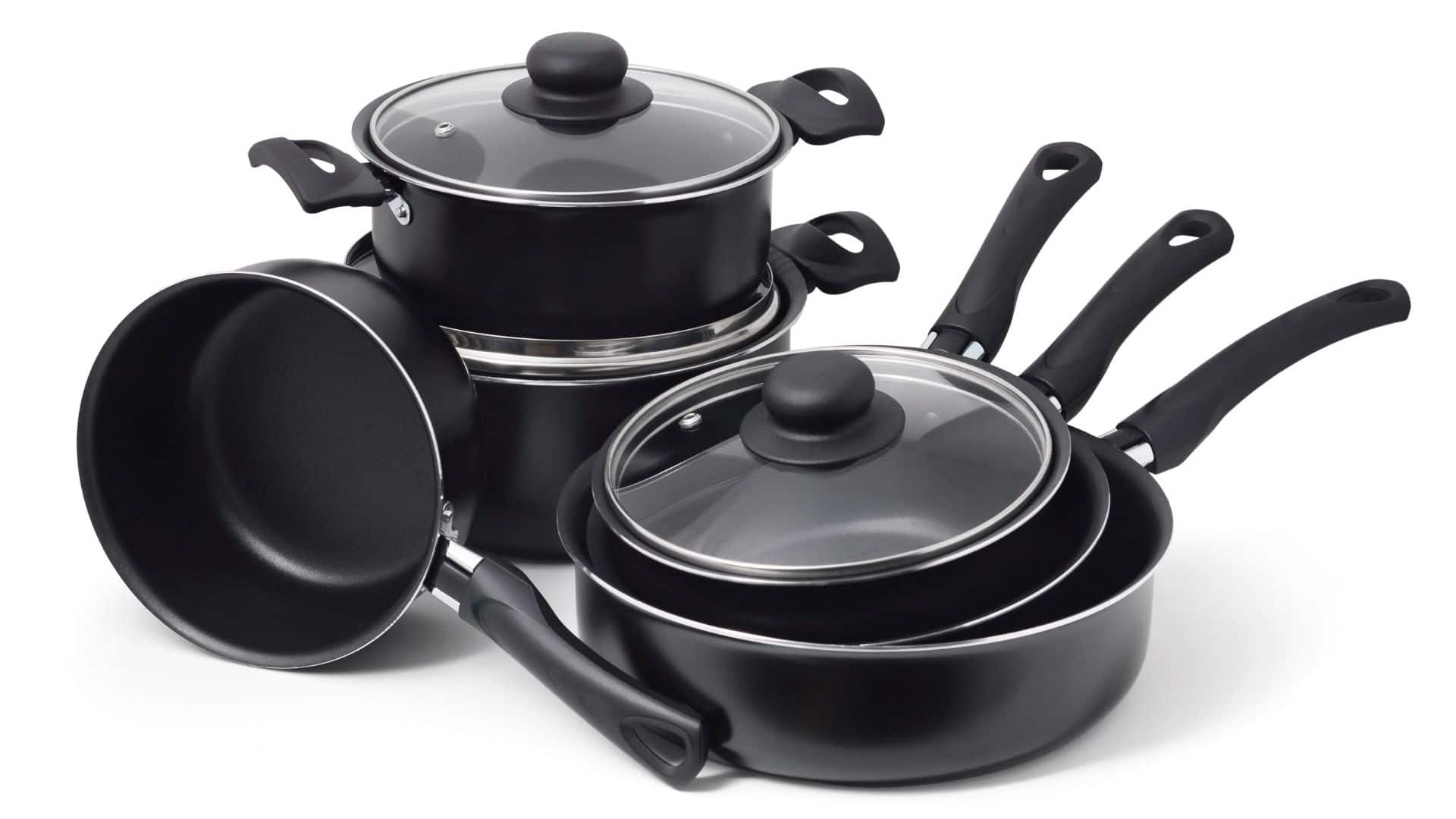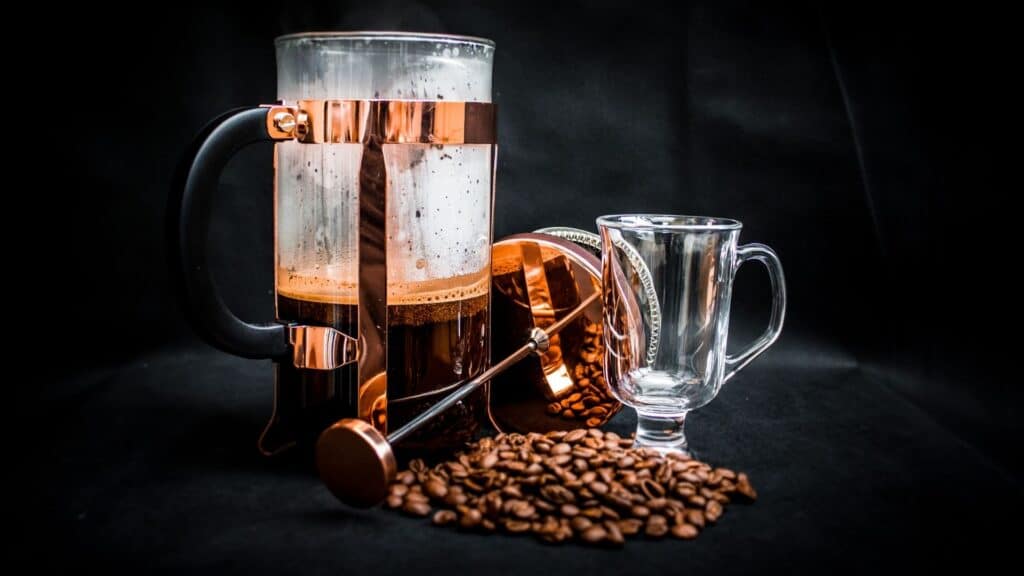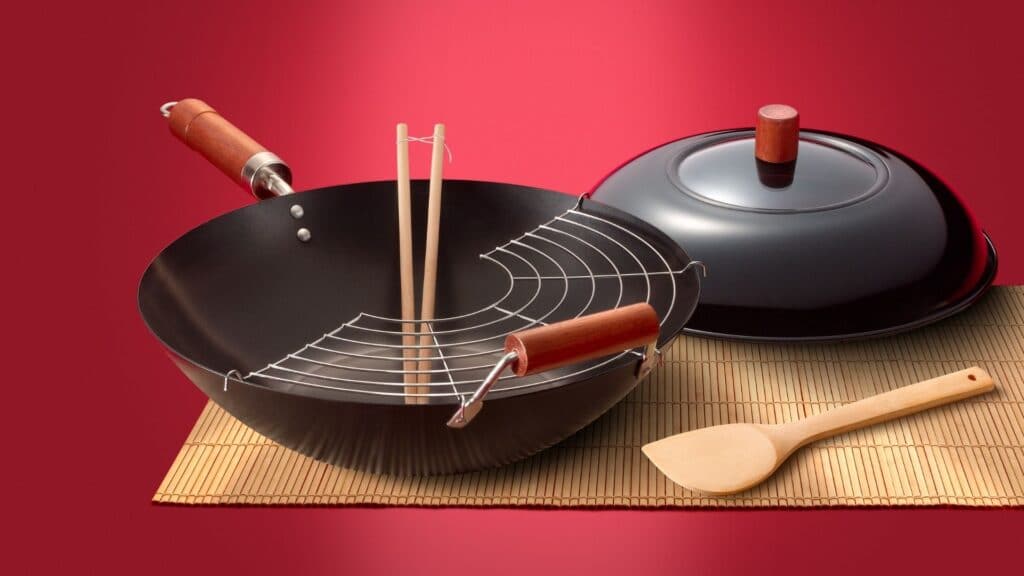The Truth About Cast Iron Pans
Table of Contents
Toggle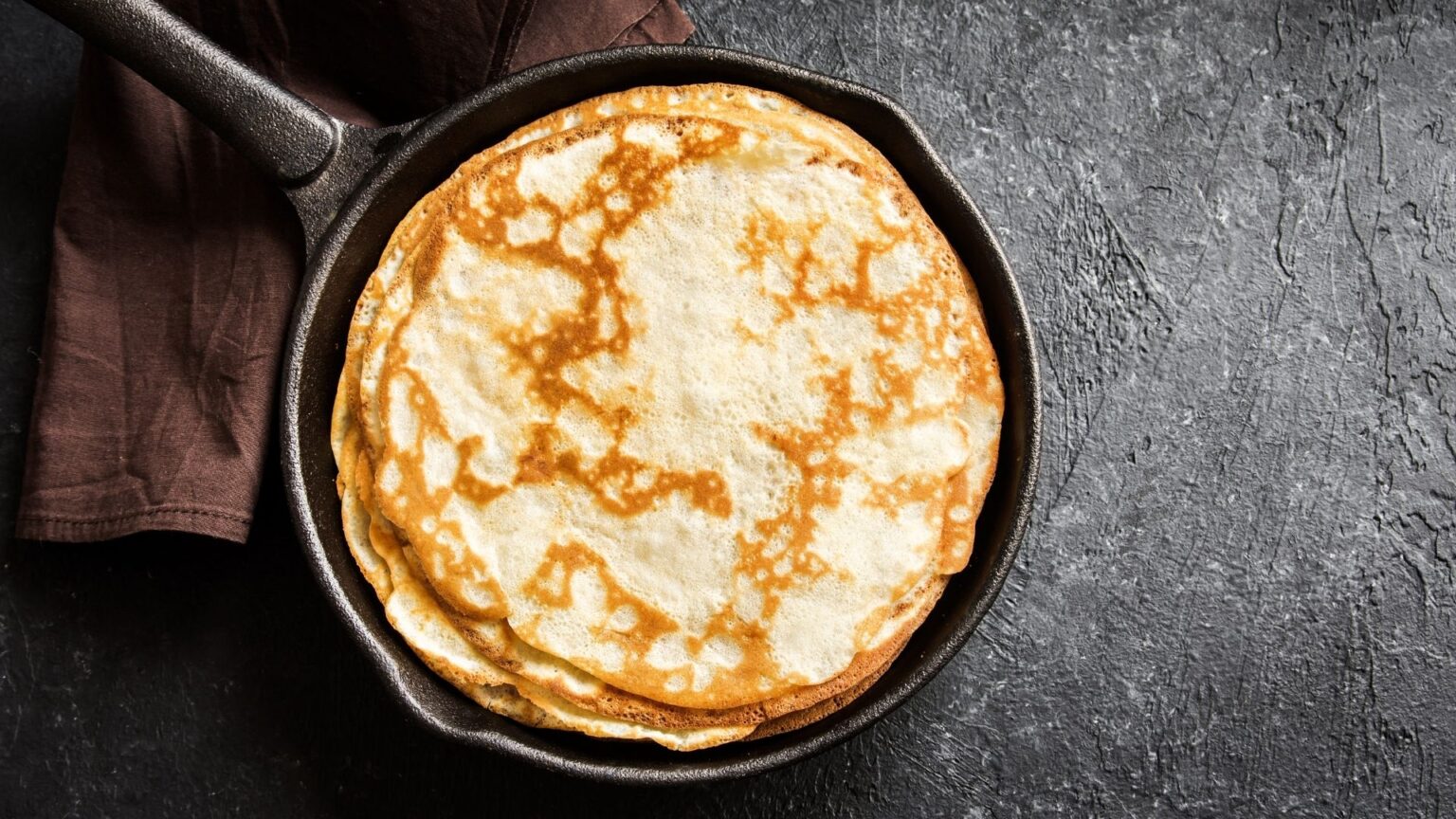
Last Updated: March 1, 2022
Advantages of Cast Iron Pans
Time passes. Trends change. But one thing never goes out of style: cast iron cookware. It’s affordable and delivers so much more flavor than non-stick pans or aluminum, which means you can cook with a taste of history while still looking forward to the future.
Cast iron skillet benefits include durability, versatility, and easy of use. Cast iron cookware is extremely long-lasting, even through years of intense use. The thick material makes the cookware less susceptible to scratches, dents, and warping over time. Also, the enamel coating makes it easy to clean and maintain over multiple uses.
Cast iron skillets are extremely versatile – they can be used in the oven or on the stovetop making them ideal for frying, searing or baking a variety of foods. Lastly, cast iron cooking requires little or no oil which means fewer calories than traditional pans. Buying cast iron cookware is buying quality that will last a lifetime and beyond!
Pros and Cons of Cast Iron Pans
Cast iron cookware is great for cooking. If looking to replace cookware or are adding to your collection, cast iron may be the perfect addition. Here are some details about the pros and cons of using cast iron pans.
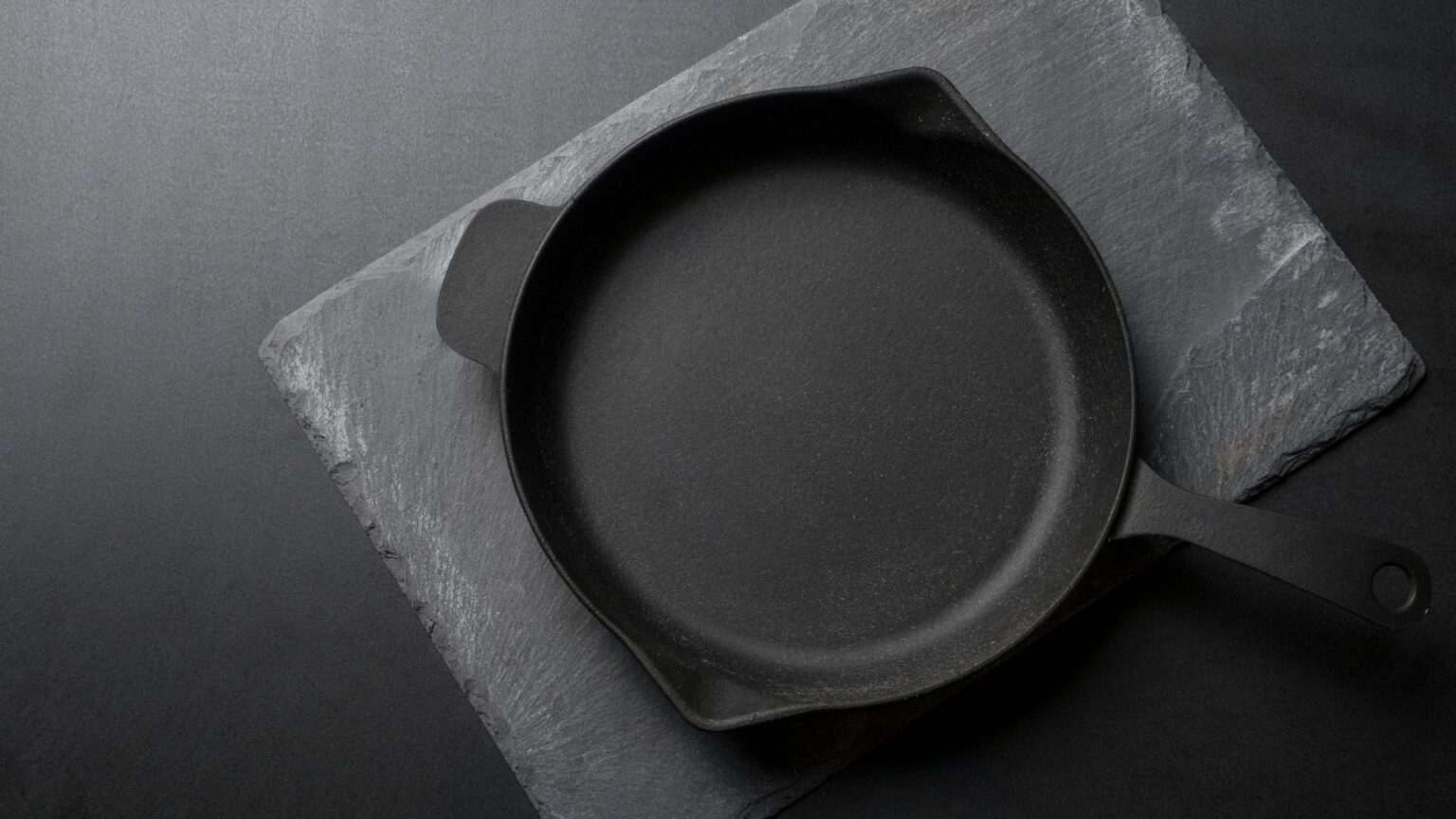
Pros of Cast Iron Pans
Cast iron dishes will last longer than any other, it is almost impossible to spoil it. The only possible option for damage is that it can crack from impact or falling from a height. Cast Iron pan are perfect for cooking over direct fire. Before you start cooking, cast-iron dishes should be well warmed up over the fire for at least 3-5 minutes to avoid burning the food. They must also be slowly heated before the roast or chicken is put in. After using, wash and dry with a clean cloth or towel and rub it with oil immediately. The vessel will be rendered more non-stick as it ages.
Cast iron cookware is wear-resistant and perfectly resists deformation, keeps its shape at any temperature – from the lowest to the highest. The main advantage unique taste of food prepared in a cast-iron dish will make your meals unforgettable.
Cons of Cast Iron Pan
Cast iron is heavy so if you want to cook for a large family, you constantly have to lift up and down with the heavy pan. Cast iron products can rust. To avoid this, the washed dishes should be wiped dry or heated over a fire.
Cast iron is afraid of an acidic environment, so you should avoid cooking on it, for example, tomato stew. The cast iron pan strongly absorbs aromas, after cooking, food must be transferred to a container, and the dishes must be washed immediately – they are easier to wash when hot.
Features of Using a Cast Iron Frying Pan
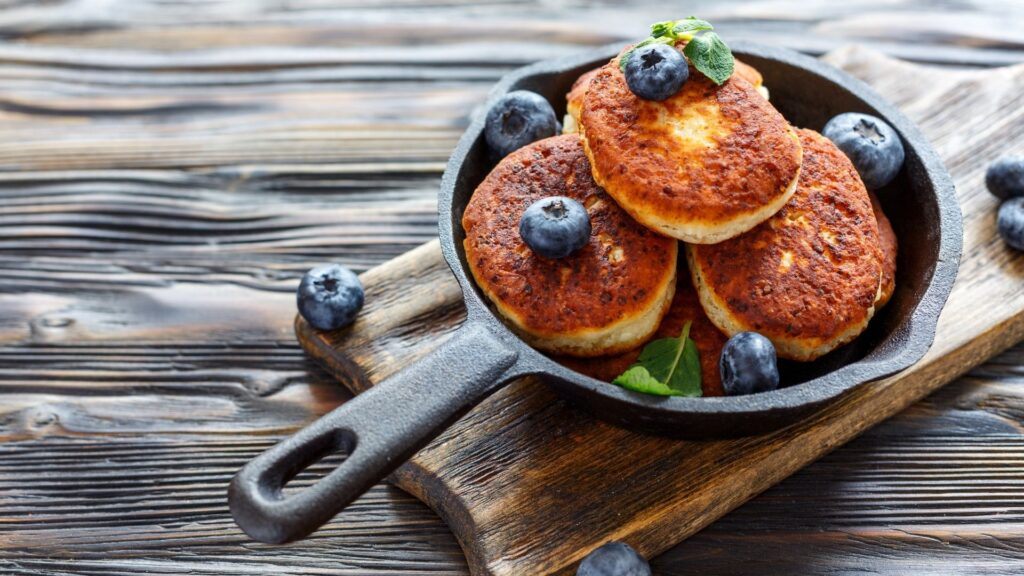
Cast iron is the perfect material for making cookware. It can withstand temperatures of 250 degrees F and above. Plus, with a minimum seasoning and proper care, you’ll get years of use without the need to replace it. The natural non-stick surface is far superior to any synthetic coatings.
Non Stick Properties
What makes cast iron pan so unique and exceptional is its ability to develop a non-stick surface — a smooth cooking surface that allows foods to slide out of the pan without sticking. That’s why it’s to pass down their cast iron pans from one generation to the next.
Cast Iron Pan Care
After each use, remove food debris and rinse off any fat accumulated during cooking. After that, pour boiling water over. Finally, pat dry with paper towels. At the end of the procedure, do not forget to grease the pan with vegetable oil.
Types of Cast Iron Pans
Despite the fact that cast iron dishes are rooted in antiquity, today many analogues have been thought out. Below we will consider the main kinds of cooking vessels based on their form and purpose.
Cast iron cookware is the perfect choice for those who enjoy cooking and mastering new dishes. Cast iron can withstand high temperatures, which makes it the ideal material for cooking meat or poultry on a frying pan.
Cast iron also conducts heat evenly, offering a uniform treatment of food and its taste essences. Moreover, cast iron cookware is extremely popular due to its safety, ease of cleanup and unique design.
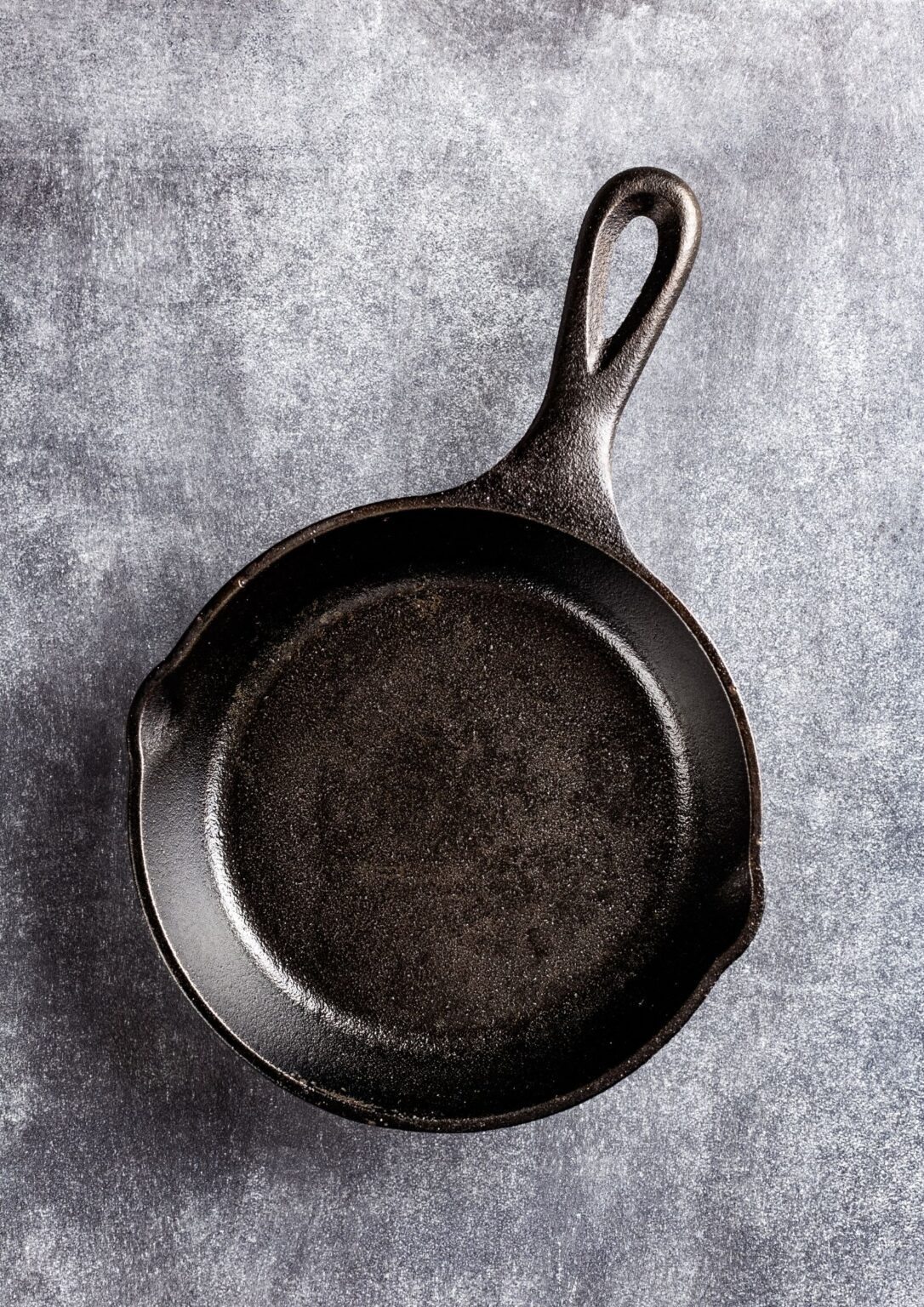
For Induction Hobs
A popular type of cast iron frying pan, they can be used both on gas and on a fire. That is, this is an ordinary cast-iron frying pan. The main advantage is that the pan cools down quickly immediately after being removed from the induction hob.
Without Cover
Suitable for any use, including open flames. The surface will not be affected by, since pure metal is resistant to heat. There are no additional protective layers of other materials on the surface, but in the course of cooking, a natural non-stick coating is created over time.
Non-Stick Coated
Cast iron pan with a non-stick coating, additional protective spraying is more practical than natural oil spraying, it is resistant to moisture and reliably protects the metal from oxidation. When using non-stick pans, it is important to remember not to use metal kitchen utensils. Choose spatulas and spoons made of nylon, silicone, wood.
Enamel Coating
Cast iron enamel pans are a kitchen staple and the perfect addition to any cook’s arsenal. Enamel enriches cast iron with additional durability, allowing you to take your cooking prowess to the next level. Enameled cast iron retains heat longer so foods bake evenly and flavorfully, while also helping with even heat distribution. Ideal for roasting, braising, pan frying, grilling and searing, enameled cast iron is a versatile addition to your kitchen.
Preparation and Operation Rules
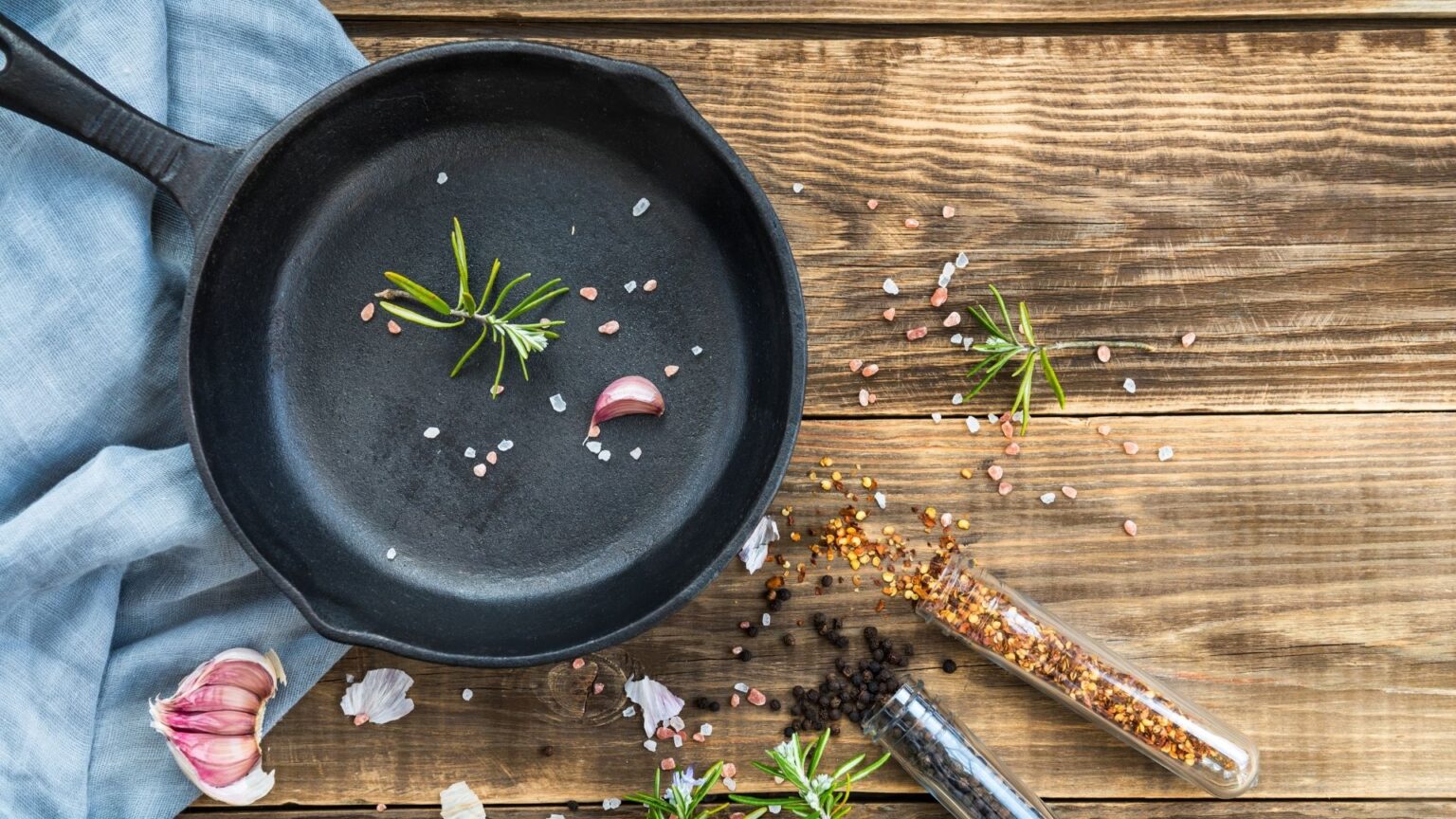
Tips apply only to uncoated pans. Cookware with non-stick coating and enamel dishes must not be subjected to aggressive cleaning. Take a close look at our cast iron pan care tips.
Preparing for The First Use
Most of the new frying pans sold in stores are already prepared for use and do not need to be ignited. The preparation is carried out at the factory by placing cast-iron dishes in hot ovens, having previously oiled them. The manufacturer reports this on the packaging or in the instructions.
As a rule, it is enough to wash new dishes, then heat an empty pan on the stove, grease with a thin layer of oil and heat well again. If you bought a frying pan that has no coating at all, you must definitely prepare it for the first use – ignite it.
The procedure closes the pores, making the surface non-stick. In the process of heating with oil, a thin, smooth film forms on the cast iron.
Operating Tips
The use of a cast iron skillet depends on the type of coating. If it is not there, then you can use metal while stirring food . It is better to wash a cast-iron pan with special or not very aggressive detergents, without overusing metal scouring pads.
It is very important that the dishes should not be left wet for a long time, as this makes the cast-iron pan rust. Always wipe the pan thoroughly inside and out with a soft, dry cloth. You can even lubricate with a thin layer of oil, rubbing it into the bottom and sides.
If rust appears, it must be removed immediately, avoiding spreading. There are special products for removing rust on cast iron pan. If there are none, you will have to clean it mechanically. After processing, be sure to perform the same manipulations as in the first preparation for use.
Cast-iron pans are the kitchen treasures that give impossible results and techniques to those who cook with them. Whether you’re searing, sautéing, braising, roasting, baking or frying, cast iron is an incredibly smooth and even heat conductor that will cook your food evenly from all angles. It’s also durable enough to withstand generations of use.
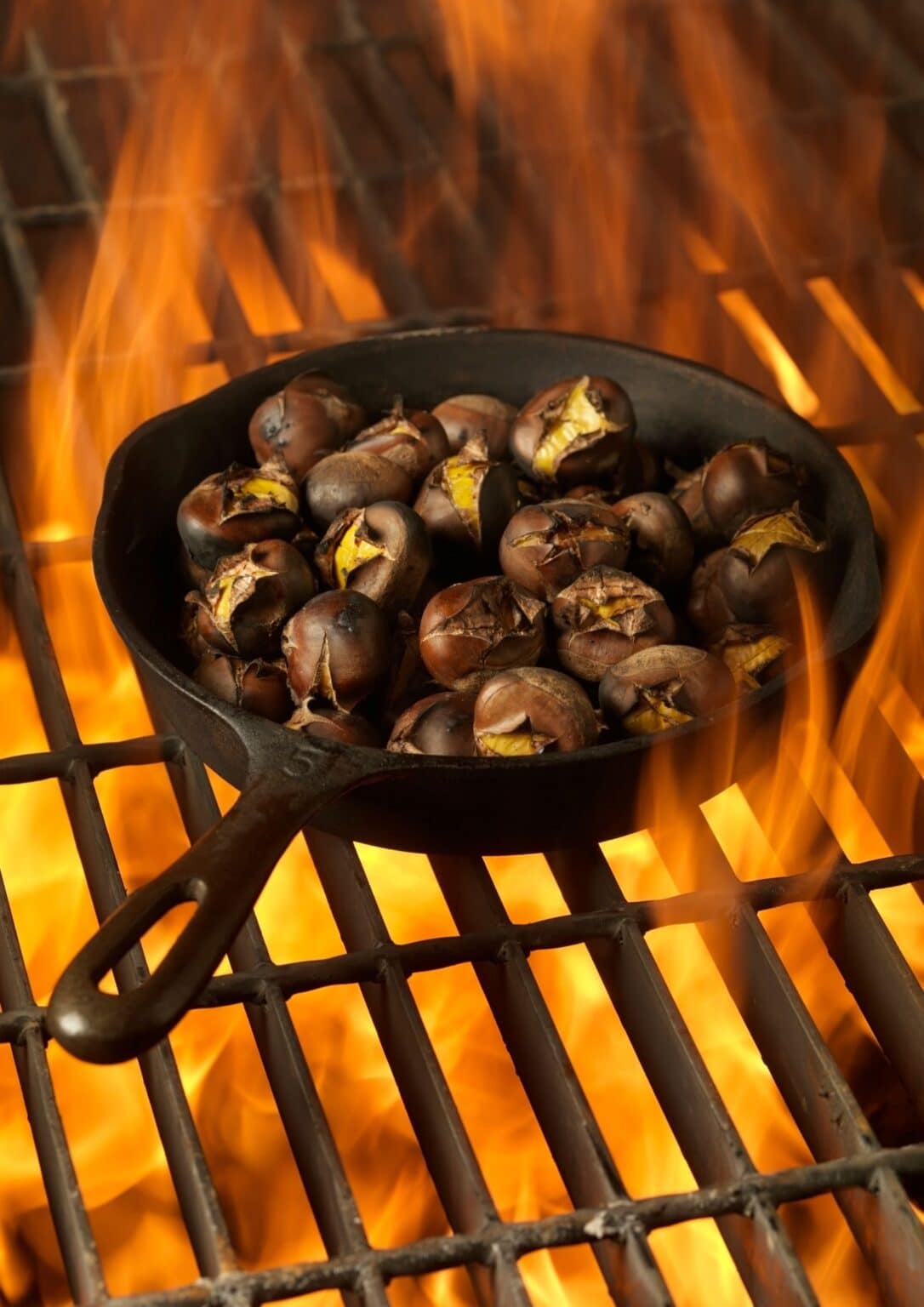
Recommended Articles
Copyright 2025 © Beyond the Embrace
Beyondtheembrace.com is a participant in the Amazon Services LLC Associates Program, an affiliate advertising program designed to provide a means for sites to earn advertising fees by advertising and linking to Amazon.com.

